It’s been nearly two weeks since the conclusion of the MLB Draft, and the undrafted free agent signings are starting to wind down. There’s been a lot more hidden value within these signings ever since the draft got cut down to 20 rounds. Guys like Cade Smith, Jack Dreyer, and Shane Smith are all examples of the casualties of the cutdown who have gone on to provide value to their current ball club. Relief pitchers tend to be the hidden gems of these signings, but below, I'll provide coverage on every player signed two weeks post-draft.
AL East
Orioles
Joephillip Guzman - INF, Shoemaker High School (TX)
The not-so-common high school undrafted free agent, Guzman, forgoes his commitment to one of the top JUCOs in the country in San Jacinto, to sign with the Orioles. He’s listed as an infielder but has played the outfield as well. He does all the little things well, grading out at an above-average speed, posting high velocity numbers from the field, fielding infield and outfield well, and consistently delivering 90+ exit velocity results. His swing is quick to the ball, but the bat path does carry a little lift to it, which may make him prone to velocity as he faces tougher competition.
J.D. Hennen - RHP, Augustana
Hennen comes from a DII college and is on the older side for his class, being a 22 year old junior. Results were mixed in college, and control problems were notable but he did strike out 146 batters in 115.1 innings and fared better in wood bat summer ball leagues. He brings a five-pitch repertoire with a fastball that can run up to 97 as well as a mid-80s slider, a sweeper, a curve, and a change. There is good separation in velocity between his different pitches and his sweeper has some good run to it leading to potential to remain in the rotation. He leaves his transfer to Nebraska.
Isaac Silva - RHP, Murray State
Silva delivered one of the best outings of his college career on June 16th, but unfortunate for him, he was opposite to Gage Wood and his 19K no hitter that eliminated Murray State. Silva held Arkansas to just one run in six innings that game, along with seven strikeouts in a huge performance. His season did not reflect this performance as he struggled throughout, but there were some flashes, including a steady walk and strikeout rate. Silva has a fastball ranging in the low 90s along with a slider that carries a spin rate around 2500 rpm. The slider is a solid pitch and his main strikeout pitch, but he will need to enhance at least two more pitch types to see success.
Red Sox
Andrews Opata - OF, North Georgia
Opata’s calling card is easily his speed. In 58 games, he swiped 41 bags in 43 attempts and 85 bases in 153 games in his college career. He showed a surge in pop as well, hitting more home runs (12) this past season than his first two combined (11). He’s got a nice, compact swing designed to make contact with the ball, as noticed in his 15.8 strikeout percentage. He’s a free swinger and doesn’t shy away from swinging at the first pitch, which can limit his power and produce weak contact. Success will be determined by the ability to improve swing discipline and be more selective with his pitches.
Ty Hodge - SS, UTSA
Hodge enjoyed his best season by far seeing his individual slash lines all rise by at least fifty points (.292/.400/.446), doubling his home run total from three to six, and walking more than he struck out (30BB, 27K). He‘s got a nice compact swing that’s more aimed towards making contact than for power, which is evident in his low strikeout numbers. On top of the much-improved offense, he provides solid defense. He’s got solid hands and good footwork at shortstop, but his arm may be what ends up moving him to second. Overall, he's a solid infield prospect and an interesting watch to see how much of the offensive improvement is true.
Yankees
Gregory Bozzo - C, Northeastern
One of the stranger signings, Bozzo’s value comes primarily from defense. As the starting catcher, he commanded the pitching staff to a team-wide 3.06 ERA, a 49-11 record with a CAA Conference championship, and an appearance in the regionals, where they picked up a win. He’s caught Yankees' farmhands Cam Schlittler and Thomas Balboni at Northeastern, which may have potentially influenced the Yankees' decision to bring him on. I see his role as an aid to the pitching staff to help develop in the minors, and if the bat develops, he could potentially serve as a backup catcher.
Tyler Boudreau - RHP, Texas Tech
A transfer over to Texas Tech, Boudreau struggled to a tune of a 6.65 ERA over 47.1 innings as the weekend starter. Command issues became a big problem, but he posted good enough strikeout numbers to go along with his prior success to garner a look. Hailing from Halifax in Canada, Boudreau dominated the Canadian summer leagues and, while in the states, won Western Junior College Athletic Conference Pitcher of the Year at Midland College in Texas. He’s got a fastball in the low 90s that has a decent tail to it, a slider with decent bite in the low 80s, and a curveball and changeup to finish out his mix. He more than likely will be used as a bullpen piece, considering having two solid pitches while posting solid strikeout numbers.
Austin Breedlove - RHP, Tennessee
Breedlove is a lanky 6 '3 pitcher with a frame that indicates more room to grow. Out of the bullpen with the Vols, he carried an 11.79 K/9. He has a five pitch mix with his slider and curveball serving as his out pitches. His fastball sits around the low 90s, and both his slider and curve show good late movement. He appears to tunnel well and has a nice, easy delivery. He’s started in his two appearances at the Cape Cod League, and with his wide pitch mix and solid status of his pitches, he may very well be given a chance to start in the Yankees system.
Robbie Burnett - 2B/RF, Georgia
A transfer from UNC Asheville, Burnett was able to maintain his great offense and be among the best second basemen in D1 baseball this year. He put up an OPS over 1 and slugged 20 home runs to go along with 33 total extra base hits. He’s got a quick swing that gives lift to the ball and generates a lot of power with it. Speed is also a strong part of his game, and Georgia utilized that speed to have him split time between second and the outfield. I would imagine Burnett will be used as an outfielder just to take advantage of that speed. He’s one of my undrafted surprises but he is a senior and with the draft having shrunk to twenty rounds beginning in 2021, selections are limited allowing for a better UDFA class.
Eric Genther - OF, Rhode Island
Genther enjoyed a good four-year career at Rhode Island and capped it off with his best year, slashing .361/.478/.584. He’s a contact-oriented guy with good swing decisions that’s shown an uptick in power. He has experience catching and would seem to fit the Yankees' targeting catchers in the UDFA pool, but he almost certainly will remain a corner outfielder. Although playing in a non-power conference, there is potential in his contact ability to potentially fill a role as a utility outfielder.
Maxwell had a fantastic year after his transfer from TCU. He set career highs in the power department with a .605 slugging percentage and thirteen home runs after hitting just five in his entire collegiate career prior. The best explanation for the uptick in power was the ability to put lift into the ball and having a luckier outcome with them going over the wall. The exit velocity numbers weren’t exactly eye-popping, but he did showcase the ability to lift the ball to all fields and barrel up pitches. Even if the power remains average at best, Maxwell provides good discipline and contact and excels at putting the ball in play.
David McCann - C, Virginia Tech
McCann has given Virginia Tech great numbers in consecutive seasons behind the dish, finishing his tenure with them with a .273/.395/.571 slash live over 99 games. He’s struggled in his time in the Cape this summer; however, he’s still shown plus discipline with good exit velocity on contact. The swing and miss has become more of a problem, and the end result may just be a boom or bust hitter. Not necessarily bad from the catcher position, as any kind of offense from the catcher is a plus. As far as defensively, catcher may not be in his future for long as he does a poor job framing and is slow-footed behind the plate. The power potential is all the reason for taking a flyer on McCann.
Tommy O’Rourke - RHP, Vanderbilt
A well known recruit coming out of high school in New Jersey, O’Rourke struggled in his time both with Stanford and Vanderbilt and never really got it going. A positive looking back were his strikeout numbers, where he finished with a 9.7 K/9 over his four seasons pitched. His fastball sits in the mid 90s, and a slider with a good break that serves as his strikeout pitch. Vanderbilt coach Tim Corbin has described him as having another coach on the team with how baseball savvy he is, which is always a benefit to have in any clubhouse. Back injuries are a concern after suffering lingering problems during the 2025 campaign and could affect his mechanics, specifically his torque and power generation.
Matthew Tippie - RHP, Texas State
Tippie may have the best slider for this year’s UDFA class. He’s got a bullet slider that ranges from 82-85mph and is his get-out pitch. It’s helped immensely with getting strikeouts, finishing his college career with a 13.4 K/9 and 33.9 K% over 67.1 innings. He pairs the slider with a low 90s fastball and a splitter, both of which serve as great setups for the slider. Command is a bit shaky, but if the Yankees can harness his control, he can be a good relief prospect.
Rays
Jack Kartsonas - RHP, West Virginia
To begin, I do want to highlight his beauty of a mustache.
Jack Kartsonas easily best stache in the tournament pic.twitter.com/REoD7JfNtL
— Stephen Schoch (@bigdonkey47) May 31, 2025
A graduate student transfer, Kartsonas enjoyed a solid year as the swingman for West Virginia. He recovered from elbow surgery the previous offseason and appeared in twenty games, nine from the rotation, and had a 3.66 ERA with a 27 K% and 7 BB%. Kartsonas developed a sinker after his transfer to West Virginia, which turned into a reliable pitch that complimented his others - a fastball, slider, and sweeper - to add more deception. The sinker breaks hard to righties and has allowed Kartsonas to further progress as a starter. He’s not the highest velocity guy, and he turns 25 in October but he’s going to the best pitching development organization in MLB who can help him fine tune his secondaries and potentially see time as a spot starter/back-end rotation piece.
Marbin Lezcano - RHP, East Central Mississippi (JC)
Lezcano is a towering presence, standing at 6 ‘6 and, as a result, has a long extension and release point. Despite an increase in ERA, his underlying stats saw vast improvement. His K/9 increased from 6.5 to 11.2, his BB/9 decreased from 4.7 to 3.3, and his pitches saw higher velocity, improving to a low 90s fastball. Likely as a result of added strength, Lezcano was able to generate swing and miss and become a strikeout pitcher. There is still a lot more room for strength for him to add to his 6’ 6 frame as well as improved mechanics to make use of his power. Lezcano moved from Panama to begin his career in the States only a couple of years ago and will be another raw pitching project for the Rays to work on.
Tom Poole - OF, Dallas Baptist
High batting averages and solid power have been Poole’s game for the past two years. He’s turned in a .345 batting average and .489 on-base percentage over these seasons in a stretch of 89 games. His power numbers, although below average, have remained consistent even through the collegiate summer league season, which gives hope to having a 10-15 home run potential. He’s not the fastest runner nor the best defender, and has already seen varied playing time at first base, which will severely limit his value if the power doesn’t show professionally. However, the ability to get on base by means of a hit or walk makes him a decent prospect to take on.
Blue Jays
Mason Davenport - RHP, Stetson
Easily the tallest signing in this year’s UDFA pool, Davenport is a massive 6’ 10, 255lbs. He was far from great in 2025, but all his pitches displayed plus qualities. His fastball has 19 inches of IVB and has some run to it. Both his cutter and his sweeper hover around 2500 rpm with negative horizontal movement. His changeup is a good 10 ticks slower than his fastball and drops about 10 inches. Even with these qualities, the struggles came about due to a lack of command. Walks and falling behind in counts were a big concern, and the falling behind led to more hittable pitches, which resulted in 9 home runs surrendered in just 37 innings of work. I would imagine Davenport gets moved to the pen to allow his stuff to play out more and allow for lapses in control as that becomes a work in progress.
Brayden Heidel - RHP, Tampa
Another tall pitcher pickup for Toronto, Heidel stands at 6 ‘4 and a lanky 185lbs. Unlike with Davenport, Heidel has room to add to his frame and develop more strength. He’s averaged nearly a strikeout an inning through his collegiate career and has continued that pattern into the MLB Draft League in ten innings pitched there. His fastball has topped out at 99, and with room to add to his build, he has the potential to consistently hit upper 90s and possibly 100+. Again, similar to Davenport, the ability to develop his control will determine the potential Heidel has out of the bullpen.
Maddox Latta - SS, Cal State Fullerton
Latta had a nice bounceback season that saw him slash .362/.486/.503 while leading a good offensive Fullerton squad in walks and steals. On top, he provided good defense at short, and there is good indication that he’ll stick at the position due to his footwork and speed. Latta does have a funky load that is a little jerky, but he does show great plate recognition and contact. Even without the power, Latta has a good offensive profile to go along with solid defense and could potentially make waves in the minors.
Formerly a starter, Myers acted as the long man for the Auburn bullpen, where he reached the 50-inning mark (52) in 22 appearances and delivered a good 2.77 ERA with 67 strikeouts to 10 walks. Myers ranked 15th in all of D1 baseball (min. 40 innings) with a 6.70 K/BB ratio and 17th with a 26.5% K-BB%. He features an upper-80s fastball and sinker, the latter of which is used to garner weak contact and get ground balls, and a sweeping slider that earns his strikeouts. As he pitches, his arm whips across his body from a low arm slot that creates a deceptive delivery. This is presently a good relief prospect, and the addition of a third pitch can potentially improve his potential to that of a solid middle reliever.
Dayne Pengelly - RHP, New Mexico
Pengelly is a 6 '3 bullpen arm and a former JUCO product. He’s got a funky delivery with a low release slot that lets go around the 4 ‘6 point. His fastball recently topped out at 98.5mph in the MLB Draft League and mixed with the low release point give a decent quality sinker. He works in a slider and a changeup as well, although both pitches grade around average and would need tinkering to get that plus second pitch to see success out of the pen.
Saum was given the reins to the starting catcher role after the departure of Malcolm Moore, and while the bat didn’t carry over from last season, he provides solid plate discipline and defense behind the dish. Even with the offensive drop, Saum maintained a similar OBP and increased his walk rate by 4% to 11.6%. There hasn’t been much power and he strikes out more than anyone would like but he provides good framing and game calling and potentially be useful to the development of pitchers in the lower minors.
Matt Scannell - OF, Wake Forest
Scannell transferred to Wake Forest from Princeton and took his hitting to another level. During his time with Princeton, he was a good hitter with an OPS of .903 in consecutive seasons. With Wake Forest, his OPS crept close to 1.000, and he combined all the best aspects of his game into one season. He set a career high in home runs, batting average, and on-base percentage, tied a career high in walks, and kept a similar rate of strikeouts and stolen bases. He has good bat speed and, with his stocky frame, is able to generate power and great exit velocities. One thing, however, is that he has struggled in two consecutive summers at the Cape Cod League now and will need to prove he can hit for power with a wood bat. He’s had experience pitching as well, which translates directly into his strong throwing arm from the outfield. He’s got the speed to potentially stay in center, although with his strong arm, he may just be shifted to right.
White has started for West Virginia every year since his freshman year and has steadily improved each year. 2025 saw career bests with a .361/.426/.529 slash line as he helped contribute to the team’s trip to Omaha. White managed to cut his strikeout rate by a whopping 12% and struck out just 23 times in 223 plate appearances. His walks did dip slightly from 2024, but that can be explained by the more aggressive approach he took, which also explains the drop in strikeouts. He did suffer a shoulder injury in March and never saw the field again upon his return, but the bat more than made up for it. The injury and underlying medicals could perhaps be why he went unselected in the draft but White gets a contract with his hometown team and is another exciting get for Toronto.
Reece Wissinger - RHP, Southeastern
The height requirement to be a pitcher in Toronto's 2025 class is apparently 6 ‘3 as every UDFA pitcher matches at least that height. Wissinger stands at a built 6 ‘5 and an over the top delivery that allows for even more deception for his lengthy extension. Converting into a starter this season, Wissinger dominated, beginning the year with 28 consecutive scoreless innings and finishing with a 3.20 ERA and 94 strikeouts in 81.2 innings. His repertoire includes a mid-90s fastball with an IVB over 20 inches, a 12-6 curve, and a slider. His secondaries could use some fine-tuning, but he’s got a plus fastball and a deceptive pitching motion and can potentially turn out a positive in the bullpen.
NL East
Braves
Daniel Brooks - RHP, Charleston
Brooks is a giant of a man, listed at 6 ‘7 250 lbs. He has the ideal pitcher frame built for power, and even with his hulking status, he has a good amount of athleticism to go along with it. He enjoyed a solid year as a starter for Charleston and saw even more success in the MLB Draft League, notching 10 strikeouts in 5.2 innings. He has a nice, easy delivery that appears to effortlessly reach mid 90s and provides a supporting slider and curve, each with decent movement to them. Currently, his stuff doesn’t generate a lot of swing and miss despite solid velocity and movement but overall, Brooks is an interesting starter prospect that can benefit from top tier coaching and development.
Yamvier Carrero - SS, Manuel Cruz Maceira Baseball Academy (HS)
Carrero is the first of three high schoolers signed as UDFAs by the Braves. He’s a thin shortstop, coming in at 6 ‘2 and being a reported 165lbs. Despite the size, he’s got incredible bat speed that offers the potential for plus power with added strength. He attended the MLB Draft combine, where he put up an average exit velocity of 93 and a top speed of 104.6. Defensively, he’s got smooth hands to play at short but will need to improve his footwork and speed in order to keep up with the range needed to play the position. It’s a bit surprising to see him leave his commitment to Houston and sign as a UDFA with the Braves, but under the Braves' training programs, he may be able to develop his strength quicker and get a better idea of his true potential.
Will Eldridge - RHP, Indiana
Eldridge is on the younger side as far as UDFAs go, having turned 21 just a few months prior to the Draft. Eldridge had entered the transfer portal in search of more playing time after pitching just 3.2 innings for Indiana but this pickup by Atlanta provided him with a more ideal landing spot. Another taller undrafted pitcher piece by the Braves, Eldridge stands at 6 ‘4 and looks the part of a pitcher with a wide, filled out frame. In the Northwoods League this summer, Eldridge has thrived, striking out eleven in nine innings with just one run given up. His fastball can reach 98 while typically sitting mid 90s, and he offers a tight slider in the mid 80s as well as a change that can reach 90. Big velo numbers can help carry him to relief prospect status, given the absence of control problems.
Jonathan Matos - C, Rockledge (HS)
The second high school signee for Atlanta, Matos, is a plus defender behind the plate. According to his Perfect Game rankings, he ranks in the top 2 percent of all prep catchers in pop time, arm strength, and exit velocity. He’s got a stocky frame - 6'0, 215lbs - and already has good strength for a catcher at his age. He’s got good raw power and works the ball to all fields, although the majority of his power does come from the pull side. Because of how young he is and the tools he currently possesses, he can be a nice hidden gem discovery for Atlanta and a fun project to work on to see him reach his tools. At his best, I can see him becoming a power hitting catcher with starter potential.
Cooper McMurray - 1B, Auburn
McMurray is one of the best power bats picked up in this UDFA class, along with John Bay by the Mets and Ryland Zaborowski by the Angels. In his collegiate career, McMurray smashed 51 home runs over 844 plate appearances and slashed .293/.433/.592. Because of his hulking size of 6 ‘4 250lbs, he has no speed whatsoever and will be defensively limited to first base, if not DH. He offers tremendous power from the left-hand side that’s been evident in wood bat summer leagues as well. There are concerns about swing and miss and the high strikeout numbers, but for an undrafted pickup, he provides amazing potential that is a no-brainer to take a flyer on.
Adiel Melendez - LHP, Montevallo
Melendez spent his first three collegiate seasons at Alabama State, where he bounced between rotation and bullpen amidst struggles. He transferred to Montevallo, a D2 school that has seen multiple players drafted in recent years, including Logan Samuels, also picked by the Braves in the 8th round of 2024. With Montevallo, Melendez rebounded with two successful seasons, including an amazing 2.38 ERA with 102 strikeouts in 98.1 innings in his final season. His ERA and strikeouts led his conference and ranked in the top twenty for all of D2 baseball. Melendez has an across-his-body delivery that provides extra deception for a sharp slider to go along with a high 80s fastball and change. He may be given a chance to start, provided his success in the rotation but future success will rely on the addition of an extra pitch.
Caden Merritt - OF, Gainesville HS (VA)
The Braves went crazy on the high school signings, signing three total and making up more than half of the total signed by all teams (5, including the Braves). According to Merritt himself, he signed for over the allocated $150,000 given towards UDFAs, likely to sway him away from his commitment to Coastal Carolina. Merritt was a two-way player in high school but is listed as an outfielder in his official signing. He played in the MLB Draft League this summer, where he struggled immensely but still managed to show solid discipline with a 15% walk rate. Speed is the main claim to his game, and he led all Virginia high schoolers in stolen bases with 30. On the mound, he could hit 91, and the arm strength translates to the outfield. His speed and arm strength combination give him the potential to be great defensively in center. He doesn’t project for much power, and the hit tool is a concern, but if he can continue to show solid plate discipline, he may be able to do just enough to stick around as a defense-first outfielder.
Scott Mudler - C, Oklahoma
If there’s one thing you can’t call Mudler, it’s weak. In a game in May, Mudler dislocated his shoulder for the second time this season and had it popped back into place and remained in the game as the catcher. That’s typical catcher toughness, but it’s also a great display of passion that can fire up a team, another quality desired from a catcher. Stats-wise, Mudler finished with a solid season with an .806 OPS and 12 extra base hits. The average wasn’t quite where it was the prior season, but he displayed more gap power, albeit with a slightly higher strikeout percentage. He provides above-average defense behind the plate, including a solid arm, and can provide minor league catching depth for the Braves' system.
Jaylen Paden - RHP, Georgia Tech
Paden initially started off as a two-way player for Georgia Southern, logging 96 innings and 97 plate appearances in his first two seasons. In 2023, he made the full time switch to pitching, where he only threw 11 innings before suffering an elbow injury and undergoing Tommy John, knocking him out for 2024. Georgia Tech picked him up as a transfer during his rehab process, and he returned in 202,5, pitching the best he ever has, achieving a 2.91 ERA with 51 strikeouts in 43.2 innings as a swingman. He’s on the shorter side for a pitcher at only 5 ‘10, but what he lacks in size, he makes up for in athleticism. He’s got a fastball that averages about 92 and has average shape and mixes it with a slider, sinker, and change-up. The sinker is his best offering and has positive characteristics, including 13 inches of IVB, 18 inches of horizontal movement, and a high chase% and miss%. Seeing as he’s still early in his development as a full time pitcher, there is a lot of optimism for his development and the ability to improve upon his other secondaries. He’ll be built up to work as a starter and can be a name to watch in a couple of years for Braves starter prospects.
Smith transferred over from Oregon State, where he spent three years as the primary catcher before taking over the same role at Miami. He does not possess the best hit tool, but he does give his teams a solid option as a catcher. He’s been praised for his defense, most notably for his ability to block pitches, while at Oregon State and his pitch calling contributed to an always solid Beavers staff. Similar to the Yankees, the Braves made sure to stock up on highly praised catchers to provide great organizational depth at the position in their system.
Marlins
None :(
Mets
John Bay - OF, Austin Peay
Over the last two seasons, Bay transformed himself into a fearsome slugger, mashing 46 home runs and slugging .792 over the 104-game span. The ball just explodes off his bat with an average exit velocity of 94.6 and a mind-blowing hard hit % of 69.4%. Making contact can be a problem at times, as he’s had a 21.2 K% over this same span, but man, can he hit. On top of the power, Bay plays a solid center field and has shown the tools to potentially remain there as he moves professionally. He’s got good enough speed to stick, and if he can make enough contact to show off the power, he can provide value whether off the bench or as an everyday starter.
Austin Brown - RHP, Chipola (JC)
Brown can give Triston McKenzie a run for his money for the Dr. Sticks title, being listed at 6 ‘5 and just 155lbs. Out of the rotation, Brown provided solid numbers with a 4.46 ERA to go along with 16 walks and 52 strikeouts over 42.1 innings. He’s got the typical starter’s repertoire with a fastball, slider, curve, and change. The fastball has some good late tail action, and both the slider and curve made for good secondaries during the year. Command is where he makes his money, and he’s shown the ability to command all his pitches. He may see some initial development as a starter, but I see any sustainability coming from the bullpen due to the lack of plus stuff and velocity.
Carlson saw a vast improvement in his command correlated with an increase in strike percentage. Carlson rocks mainly a cutter and a slider, with the cutter sitting around the high 80s. His slider is a frequently used pitch and shows good bite that offers the potential of becoming an above-average offering. The cutter helps to provide velocity to a similar moving pitch, but an adjustment to the cutter or the introduction of a third pitch will be necessary to see success.
Jonah Conradt - RHP, McLennan (JC)
Conradt possesses a data darling of a curveball, one that has a spin rate of over 3000 rpm and late drop. He mixes in a fastball that has reached 95. Despite a good two-pitch pairing, Conradt got hit hard in his appearances. Command is the biggest issue, having issued over six walks per nine and having a WHIP over 1.5 out of the bullpen. He doesn’t appear to have control over either of his pitches, but the Mets tend to prefer prioritizing stuff over control within their system. If the control is harnessed, Conradt may have a future in a major league pen with his beautiful curve.
Ryan Dollar - RHP, Houston
A quick glance at Dollar's stats will leave you wondering what the Mets see in him. His career ERA is over 10, and he's walked more batters than innings pitched. What he does do well is strike out batters. Although he is incredibly wild, Dollar did manage an 11.8 K/9 and a 24% K rate. He's got an ideal build for pitching, coming in at 6 '3 220lbs, which should help with generating power. His fastball ranges in the lower 90s and, with his size, has the potential to reach the mid-90s. His changeup tails away from left-handers, and he also offers a slider and curve. On the mound, he has a violet delivery and sort of slings the ball towards home. An improved delivery that provides more balance and fluidity will almost certainly clean up his control, even if only slightly, and allow for the Mets to really see what they have.
Colby Frieda - RHP, Troy
Frieda transferred from Kentucky to Troy in the 2024 offseason, where he turned a successful Cape Cod League showing into more success during the season. He became one of the more reliable arms out of the bullpen for Troy and turned in a 3.97 ERA over 45.1 innings with 53 strikeouts and just 19 walks. He has a plus fastball, delivering it in the mid 90s and with 22 inches of IVB. He also offers a low 80s slider with about -7 inches of horizontal movement and a spin of 2300 rpms. He’s got two solid offerings in the bullpen and solid control of both pitches, which makes him the most advanced pitcher among their UDFA signees.
Chase Meggers - C, Oregon
Meggers' 2025 campaign was a far cry from the success he saw in 2024. His batting average fell sixty points, his on-base fell a hundred points, and he lost more playing time as the season went on. Even with the decline in production, Meggers still possessed the great bat-to-ball skills that gave success the year prior. Plate discipline leaves a lot to be desired with just 17 walks in 82 games at his time in Oregon, but the contact skills mixed with a strong arm behind the plate may provide good minor league catcher depth for the Mets.
Caden Wooster - RHP, Santa Clara
Wooster is a giant, standing at 6' 8 255. For as tall as he is, he's got a strong frame filled with muscle. Like other signees, Ryan Dollar, Wooster has a lot more potential to throw harder than where he currently sits. Wooster has a low 90s fastball paired with a slider and a changeup. He showed promise this summer at the MLB Draft League, striking out 9 in 7 innings, but he also struggled with control, walking 2 and hitting 4 batters. The Mets targeted pitchers who knew how to get strikeouts, even if they're lacking in other areas such as pitch movement or command, and Wooster fits the model. With his size, the belief is to tinker with his secondaries to take advantage of the high release point and longer extension to provide better deception.
Phillies
Keegan Batka - RHP, Davenport
After transferring to Davenport, Batka found the same success he experienced in his first year at Central Michigan. He rediscovered his status as a starter and emerged as the Great Lakes Intercollegiate Athletic Conference Pitcher of the Year. Batka finished with a 3.09 ERA and 91 strikeouts, and 20 walks in 84.1 innings. Batka pitched in the MLB Draft League a season after graduating high school and was putting up impressive spin on his fastball of up to 2500 rpm, all white, sitting in the mid 90s. He also has a slider and curve, both of which he has good command over. It’ll be determined if the improved command was a result of transferring from D1 to D2, but he’s always put up great strikeout numbers backed up by his pure stuff. Even if development in the rotation doesn’t work out, he can find a way to succeed from the bullpen.
Peyton Havard - RHP, Lamar
The change-up is Havard’s primary pitch and one that he’s felt comfortable throwing to right-handed batters as well. The pitch is a great one, containing a great sinking motion with an amazing fifteen inches of horizontal movement. He enjoyed a great 2025 and posted a 2.69 ERA with an 11.2 K/9 in 63.2 innings. He did start five games and has sporadically started in his college career but I would imagine he will continue his development out of the bullpen due to the lack of diversity in his repertoire. The change-up alone gives him good relief prospect status in the Phillies system.
Jonathan Hogart - OF, Murray State
If you followed the NCAA tournament, you should love this man. The star of the underdog Murray State team, Hogart, slashed .338/.446/.700 the past season with a great showing of power, nearly doubling his total amount of extra base hits from last year going from 26 to 48. Hogart placed 331 on our top 400 draft board but went undrafted, likely due to his age and senior status. Swing and miss is a risky part of his game, especially coming from a weaker conference, but he has easy power to all fields and should garner more attention than a typical UDFA.
Nate Humphreys - CF, Dallas Baptist
Humphreys's collegiate career has been a rollercoaster in terms of success. His sophomore and senior seasons were amazing, posting OPS of 1.094 and 1.135, respectively, in both of those seasons, but he failed to break a .700 OPS in both his freshman and junior years. Consistency is not a part of his game, especially in seeing the plate discipline, strikeouts, and power rise and fall in correlation with his success. The success is too good to ignore, however, because when he’s on, he brings a great blend of power, speed, and defense. He won his conference’s defensive player of the year for the second time in his career, thanks to the amazing range he has in center. Even if the bat continues to not show consistency and falters, he has a future to be a defensive utility outfielder thanks to his speed and defense.
Tyler Pettorini - UTIL, Ohio State
Pettorini more than proved his skill with a successful showing at the MLB Draft League this summer. In 27 games, he slashed .327/.389/.469, which fell right in line with the numbers he’s put up at Ohio State. His hard hit data has bloomed, averaging an exit velocity of 86.7 and topping out at 104.4 while making contact on 85.8% pitches in the zone. While the hard hits may not turn into home runs, he hits it hard enough and makes enough contact to log doubles. He doesn’t quite have the speed to complete a full transition to the outfield leaving his future in the infield. He’s shown to have a strong arm and primarily started at third in 2024, so he would be able to provide some defensive utility in the infield.
Nationals
Jordan Williams - OF, Tampa
Williams is a switch hitting outfielder with legit 80 grade speed. He led all of college baseball with 81 stolen bases, a good 13 over the next closest total. He’s selective in his approach and has the ability to take the walk, drawing an 11% walk rate at Tampa and 21% the season prior in his limited playing time at Florida State. His speed also allows for good defensive potential and allows him to cover the gaps in the outfield but his hit tool will need to vastly improve in order to proceed through the minors. He comes in already at 25, and while he has shown he can make contact with his high batting averages, limited gap power and power in general will lower his stock.

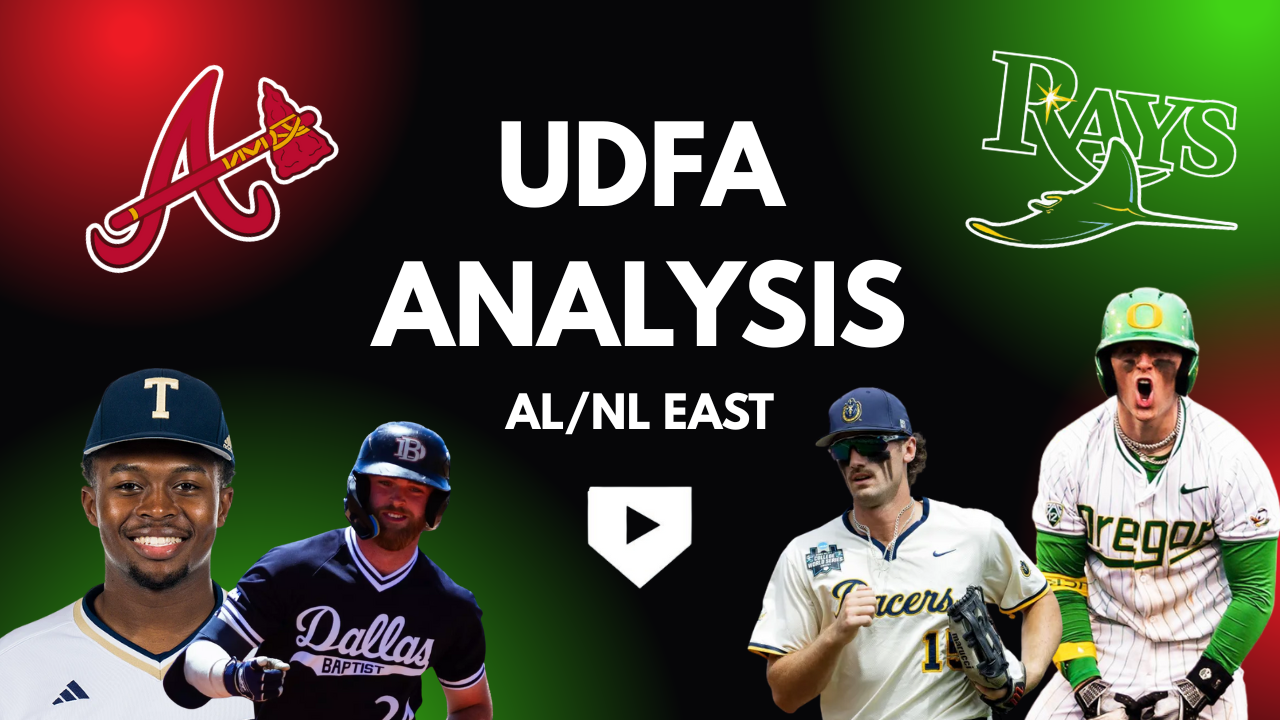



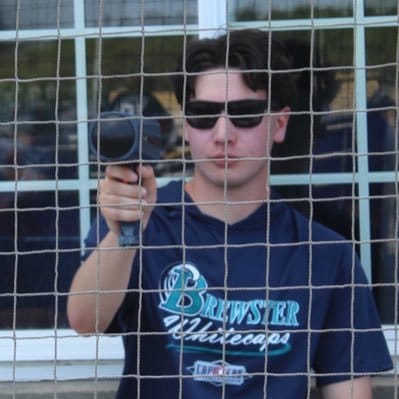

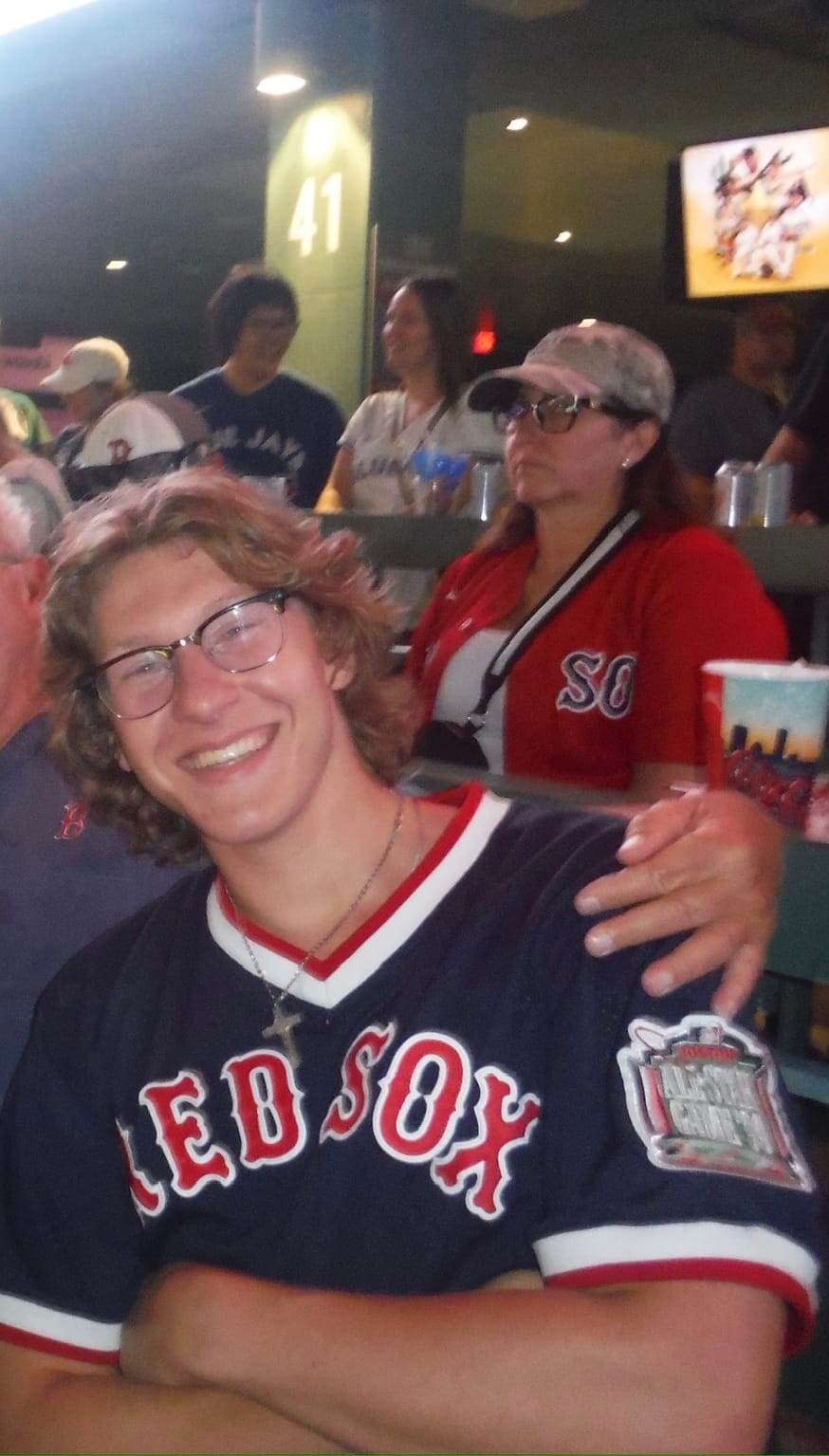
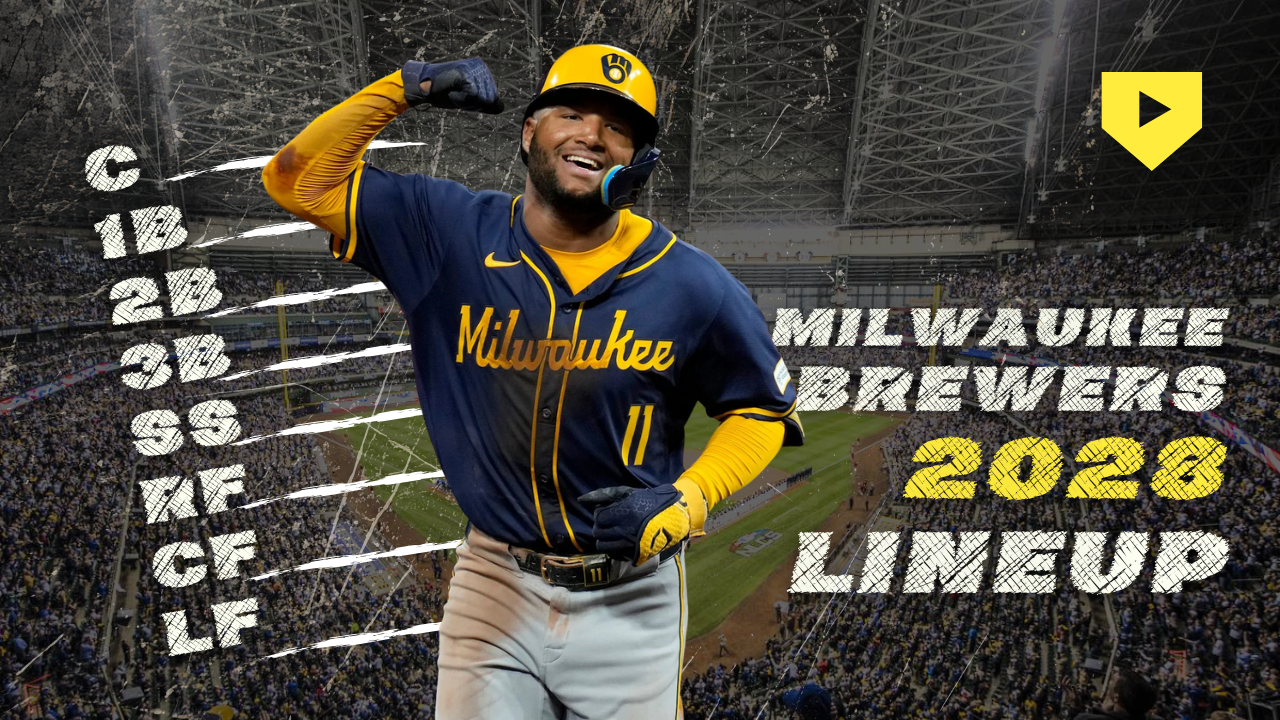




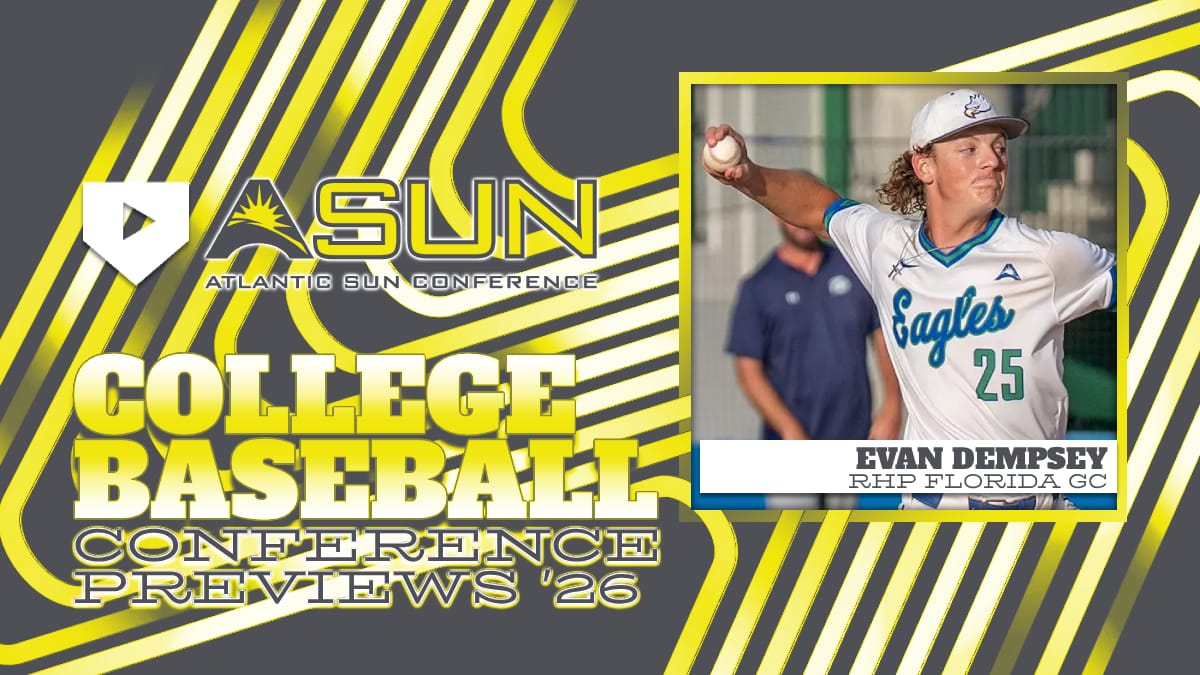
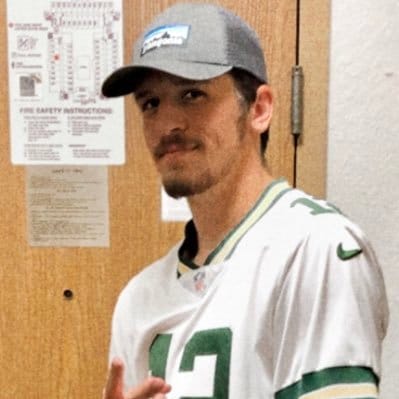



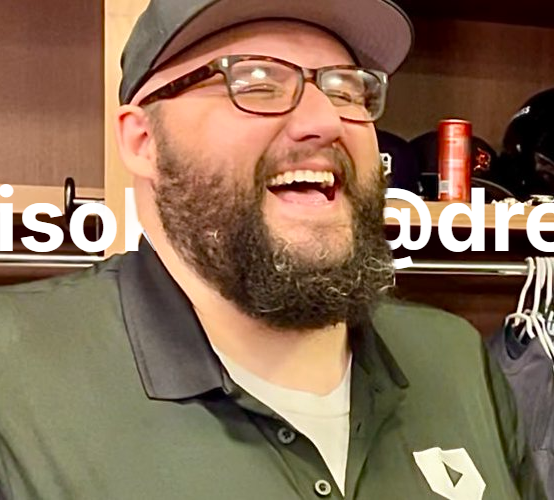
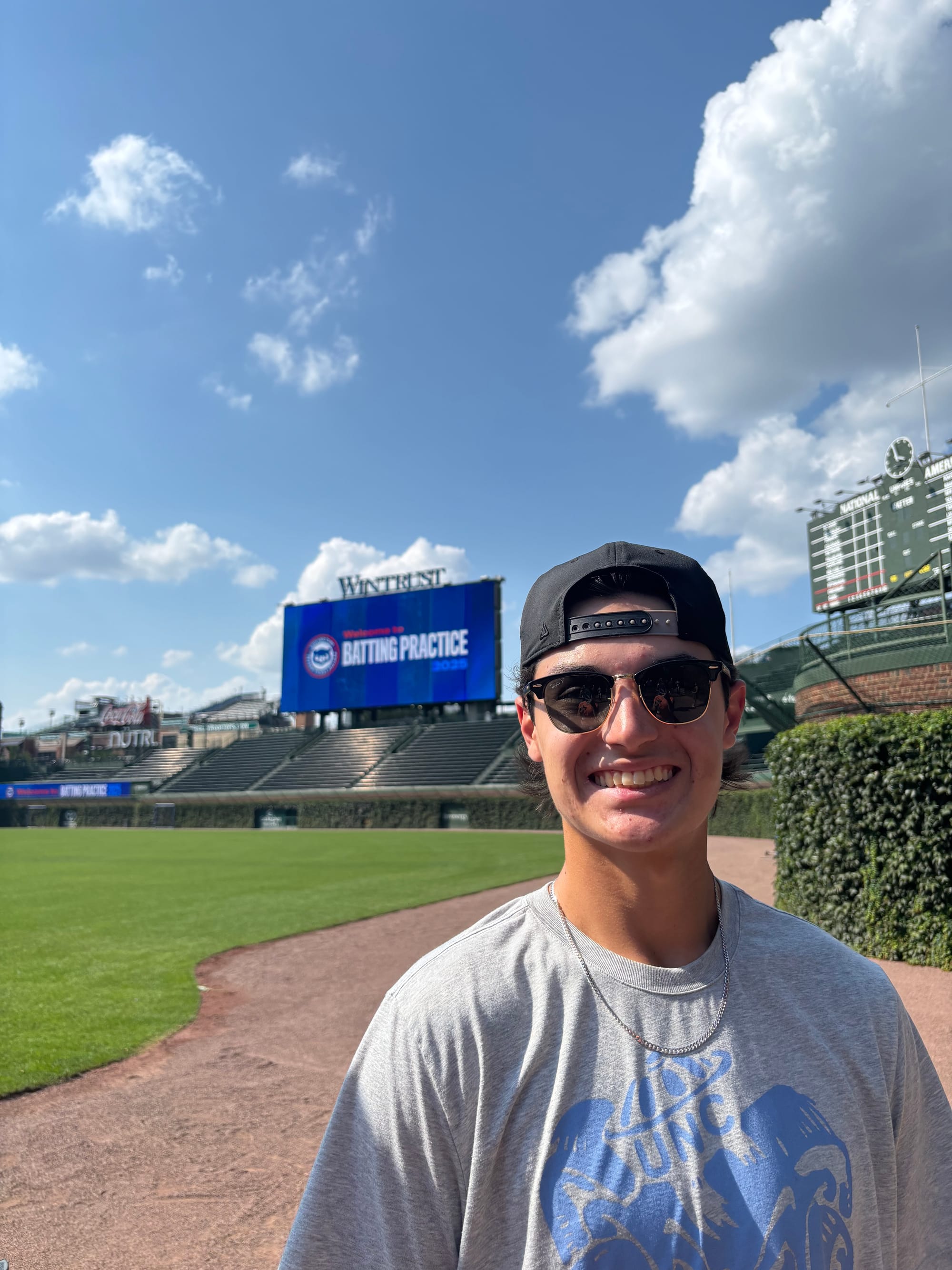
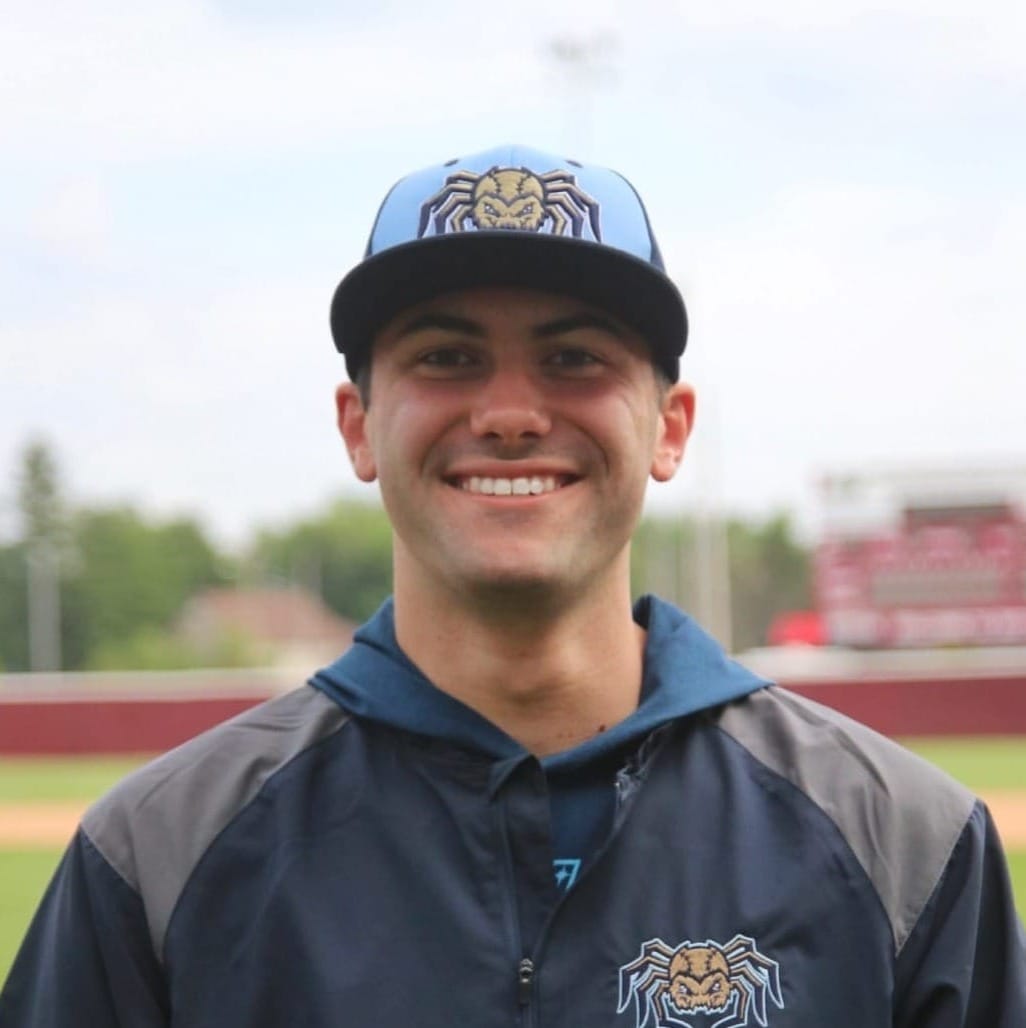

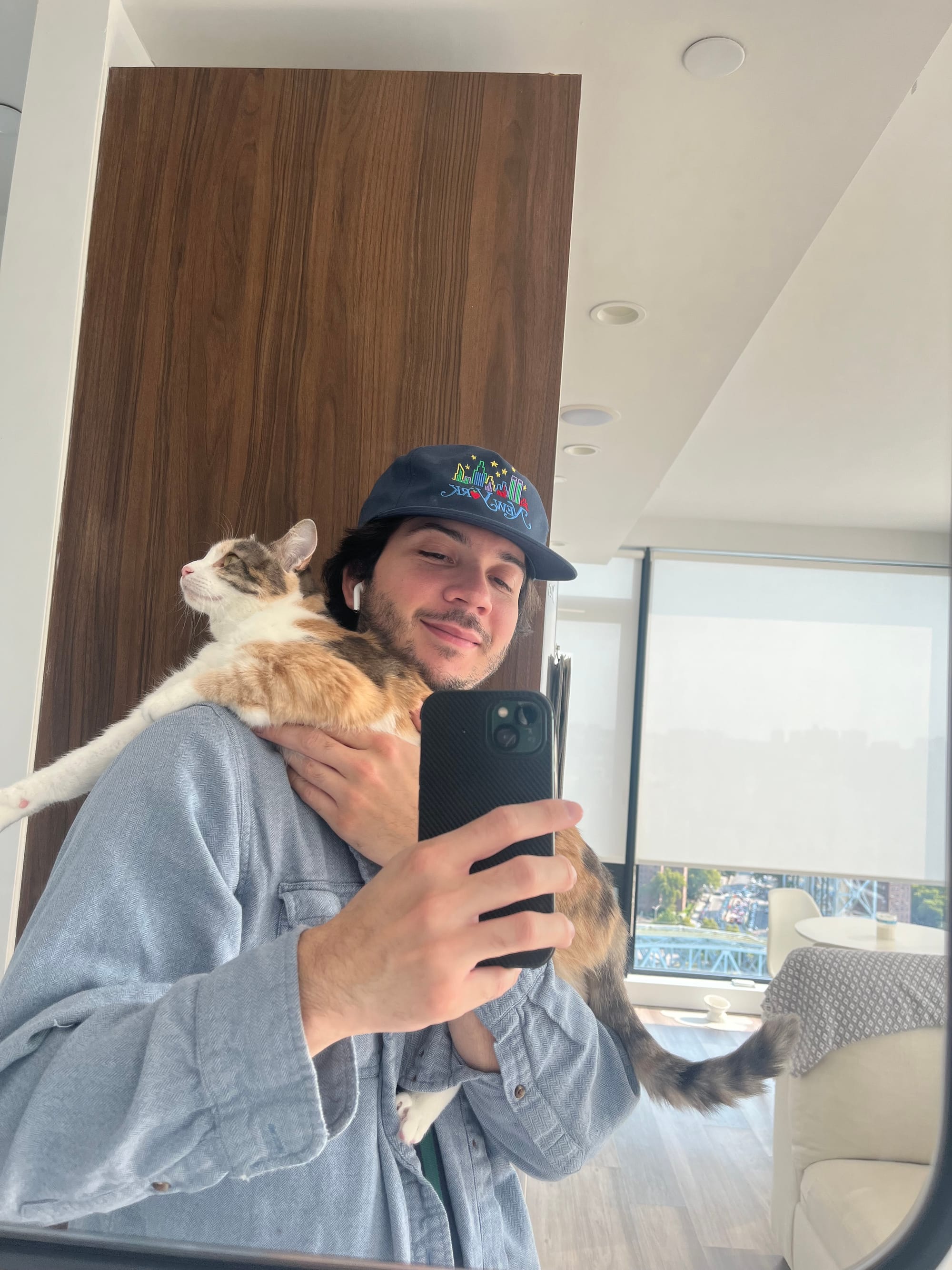
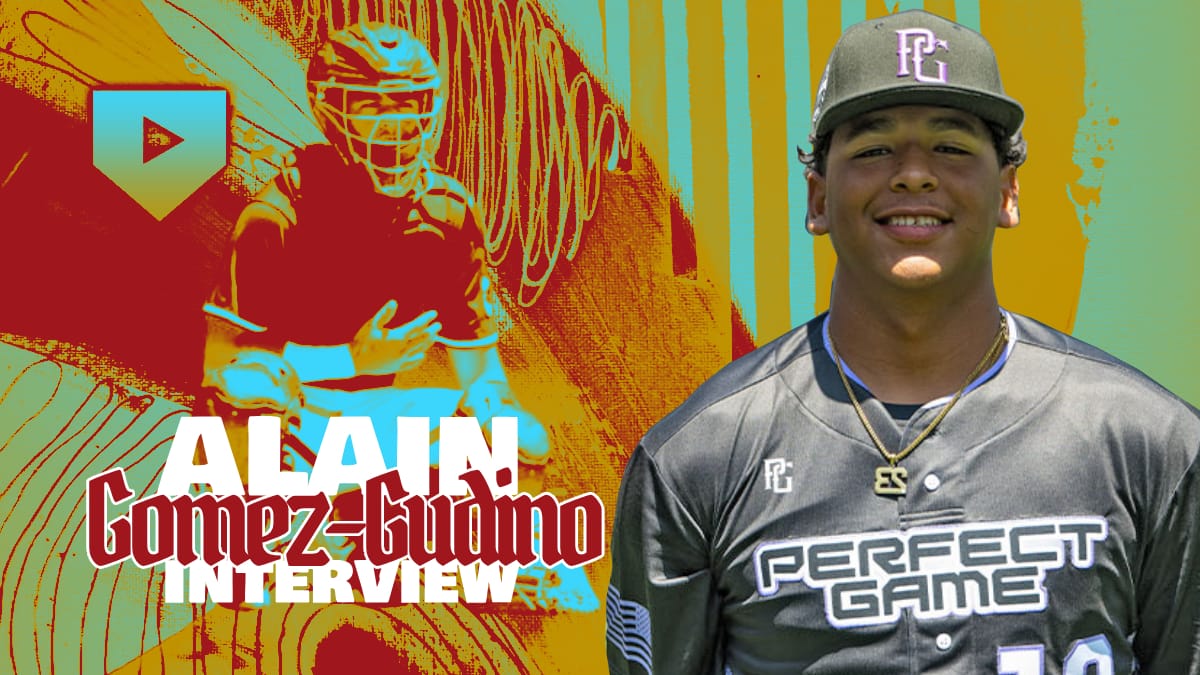
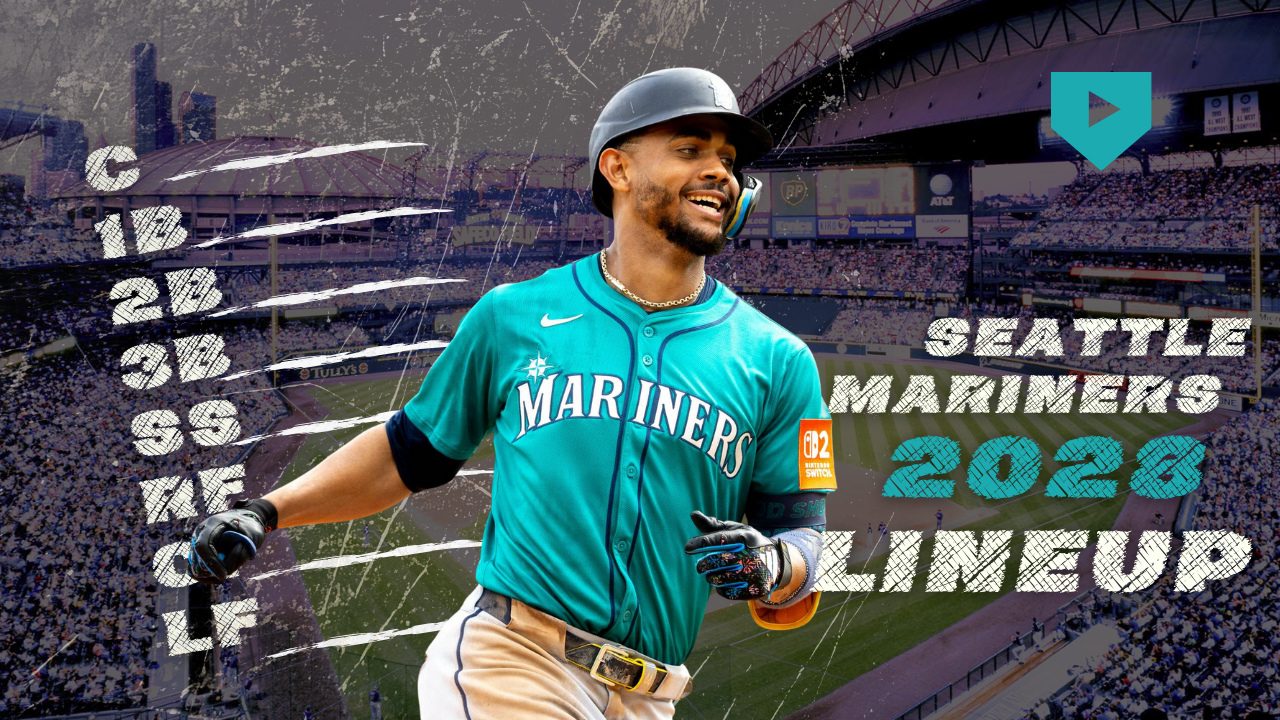
Discussion